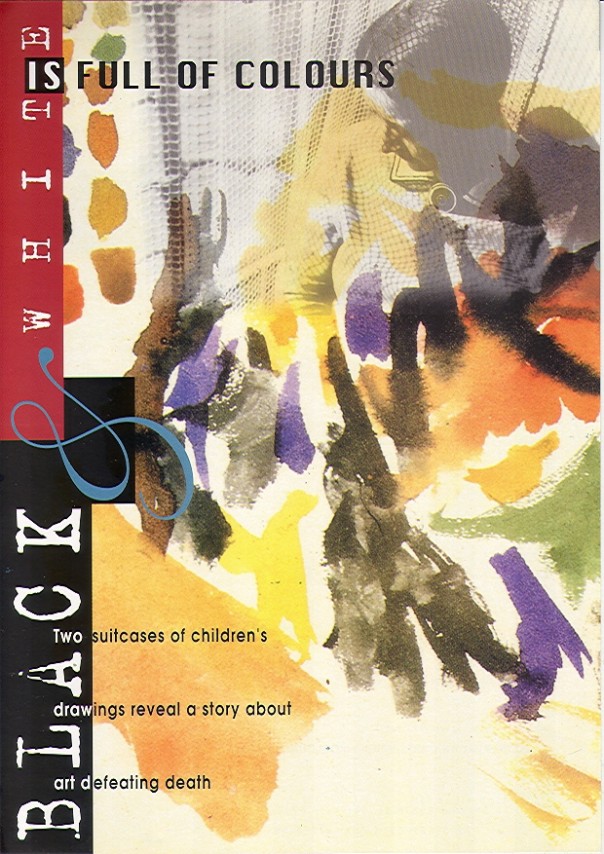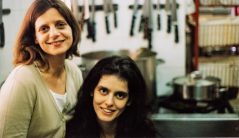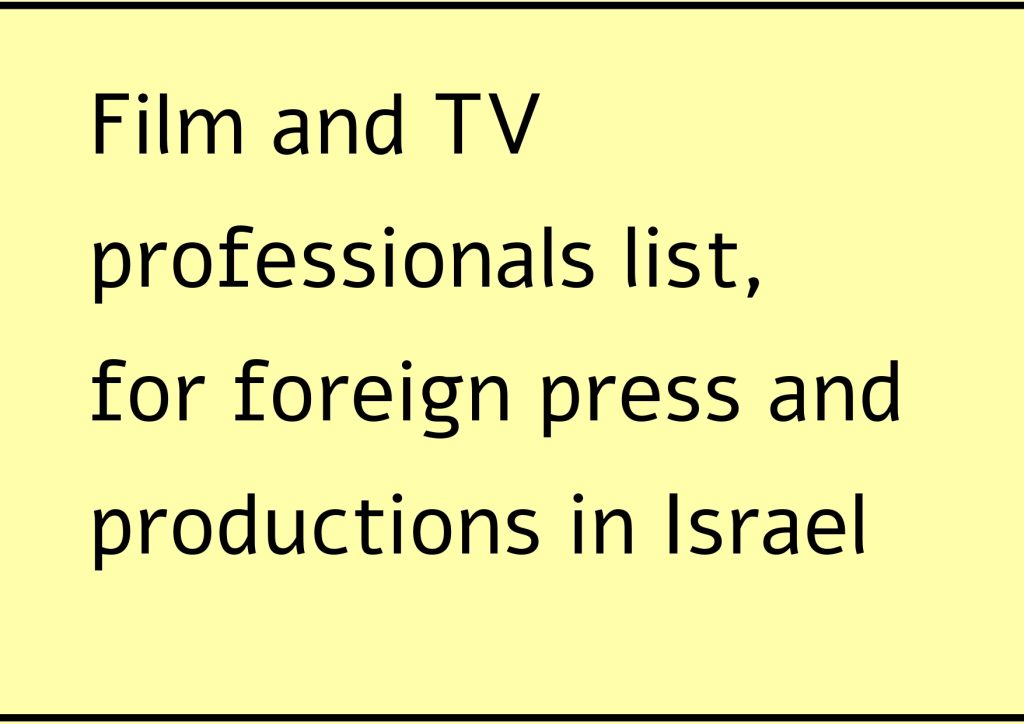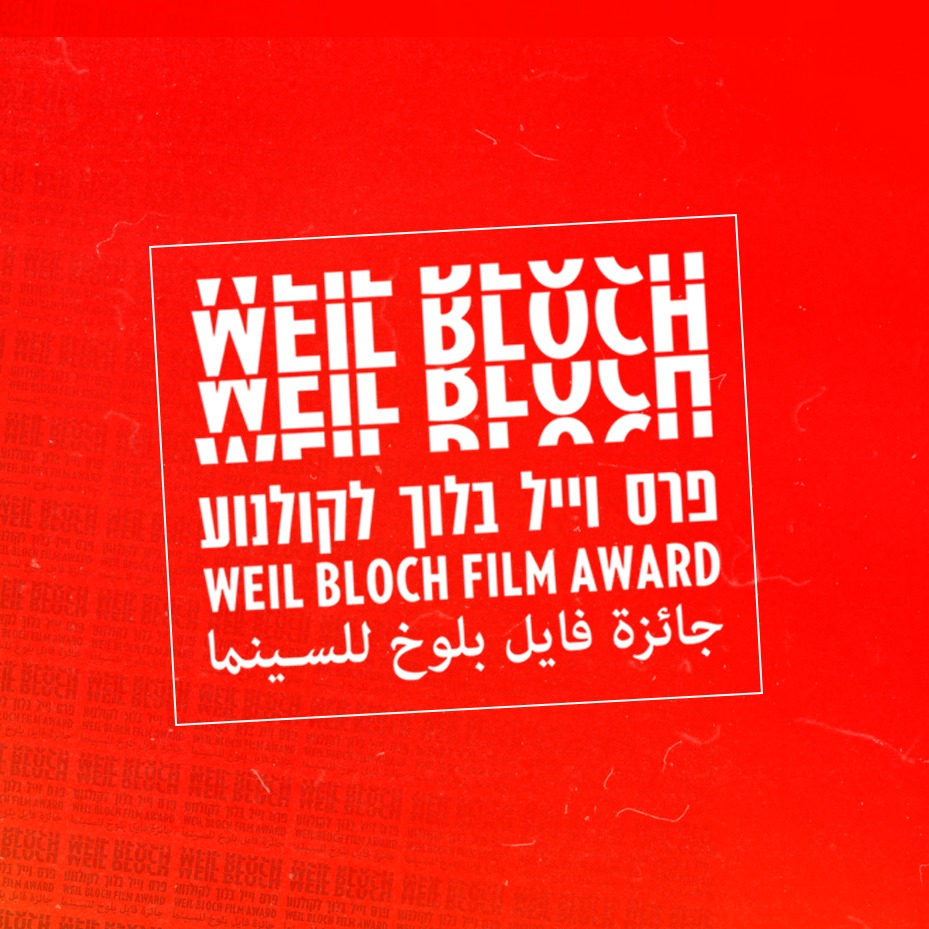Black and White is Full of Colors
Search the Site
Newsletter Signup
Sign up to our newsletter to receive updates about what's going on at the NFCT
Black and White is Full of Colors

Friedl Dricker-Brandeis, a talented Bauhaus artist and a communist, was deported by the Nazis from Vienna to Prague, then sent to the Theresienstadt concentration camp. Friedl devoted her life to the camp’s orphans. She taught them how they could use drawing to express themselves, their fears, their memories, and their hopes. In one of the intriguing paradoxes of history, it was only in the camp that she was able to implement the principles of the Bauhaus technique and become a pioneer in art therapy. Some five thousand of these children’s drawings were found after the war, hidden in an attic in two suitcases, and they testify to the creative vigor that existed amidst the horror. Friedl and most of her students perished during the war, but their spirit and legacy survived thanks to their art.
Festivals and Awards:
Prix Momoire for a film on Art and Education, Paris, France, 1996; The Bronze Medal at the New York Film Festival, USA, 1997; Jewish Cinema New York, Toronto, London, Montreal, Vienna, Brighton, 1997; Special Mention at Berkeley, USA, 1997; Denver Film Festival, USA, 1997; Input Film Festival, USA, 1997; Izmir Film Festival, Turkey, 1997; Munich Film Festival, Germany, 1997; Cape Town Film Festival, South Africa, 1997; London Jewish Film Festival, UK, 1997; Taiwan Film Festival, 1998
Director: Tamir Paul
Producer: Alona Abet
Cinematographer: Eytan Harris
Editor: Avihay Peled
Original Soundtrack: Slava Ganelin
Supporter(s): The New Fund for Cinema and Television,Telad, the Israel Film Center - Ministry of Trade and Industry, the Czech Television
Subtitles: English
Film Name in Hebrew: שחור לבן זה צבעוני
Friedl Dricker-Brandeis, a talented Bauhaus artist and a communist, was deported by the Nazis from Vienna to Prague, then sent to the Theresienstadt concentration camp. Friedl devoted her life to the camp’s orphans. She taught them how they could use drawing to express themselves, their fears, their memories, and their hopes. In one of the intriguing paradoxes of history, it was only in the camp that she was able to implement the principles of the Bauhaus technique and become a pioneer in art therapy. Some five thousand of these children’s drawings were found after the war, hidden in an attic in two suitcases, and they testify to the creative vigor that existed amidst the horror. Friedl and most of her students perished during the war, but their spirit and legacy survived thanks to their art.
Festivals and Awards:
Prix Momoire for a film on Art and Education, Paris, France, 1996; The Bronze Medal at the New York Film Festival, USA, 1997; Jewish Cinema New York, Toronto, London, Montreal, Vienna, Brighton, 1997; Special Mention at Berkeley, USA, 1997; Denver Film Festival, USA, 1997; Input Film Festival, USA, 1997; Izmir Film Festival, Turkey, 1997; Munich Film Festival, Germany, 1997; Cape Town Film Festival, South Africa, 1997; London Jewish Film Festival, UK, 1997; Taiwan Film Festival, 1998

Director: Tamir Paul
Producer: Alona Abet
Cinematographer: Eytan Harris
Editor: Avihay Peled
Original Soundtrack: Slava Ganelin
Supporter(s): The New Fund for Cinema and Television,Telad, the Israel Film Center - Ministry of Trade and Industry, the Czech Television
Subtitles: English
Film Name in Hebrew: שחור לבן זה צבעוני
-

-

-

Escape from Heaven
Documentary / 14 Min. / Student / Experimental
Director: Shani Cohen







 With the support of the Ministry of Culture - The Israel Film Council
With the support of the Ministry of Culture - The Israel Film Council